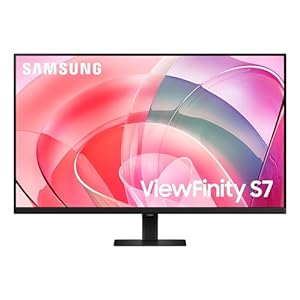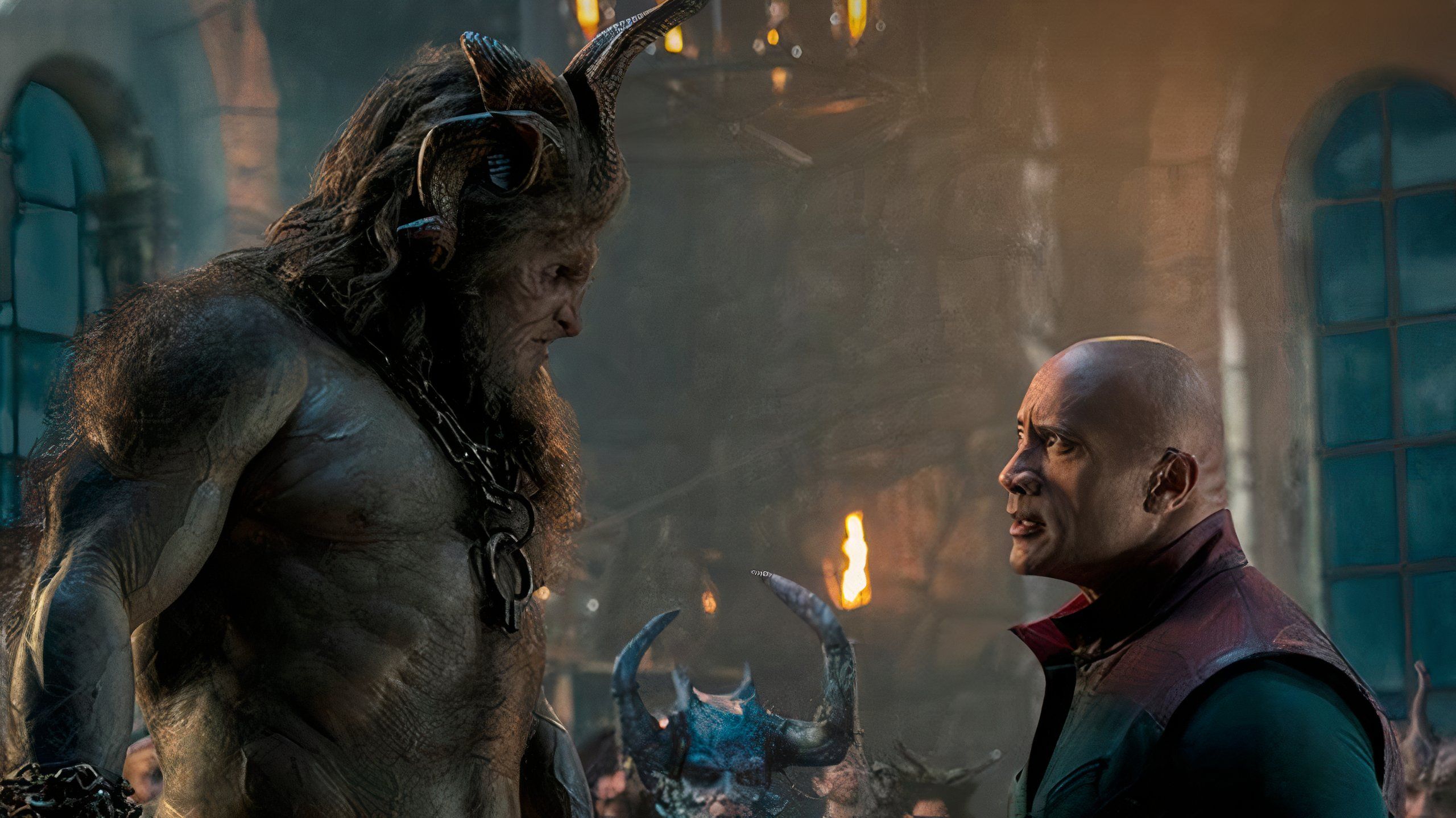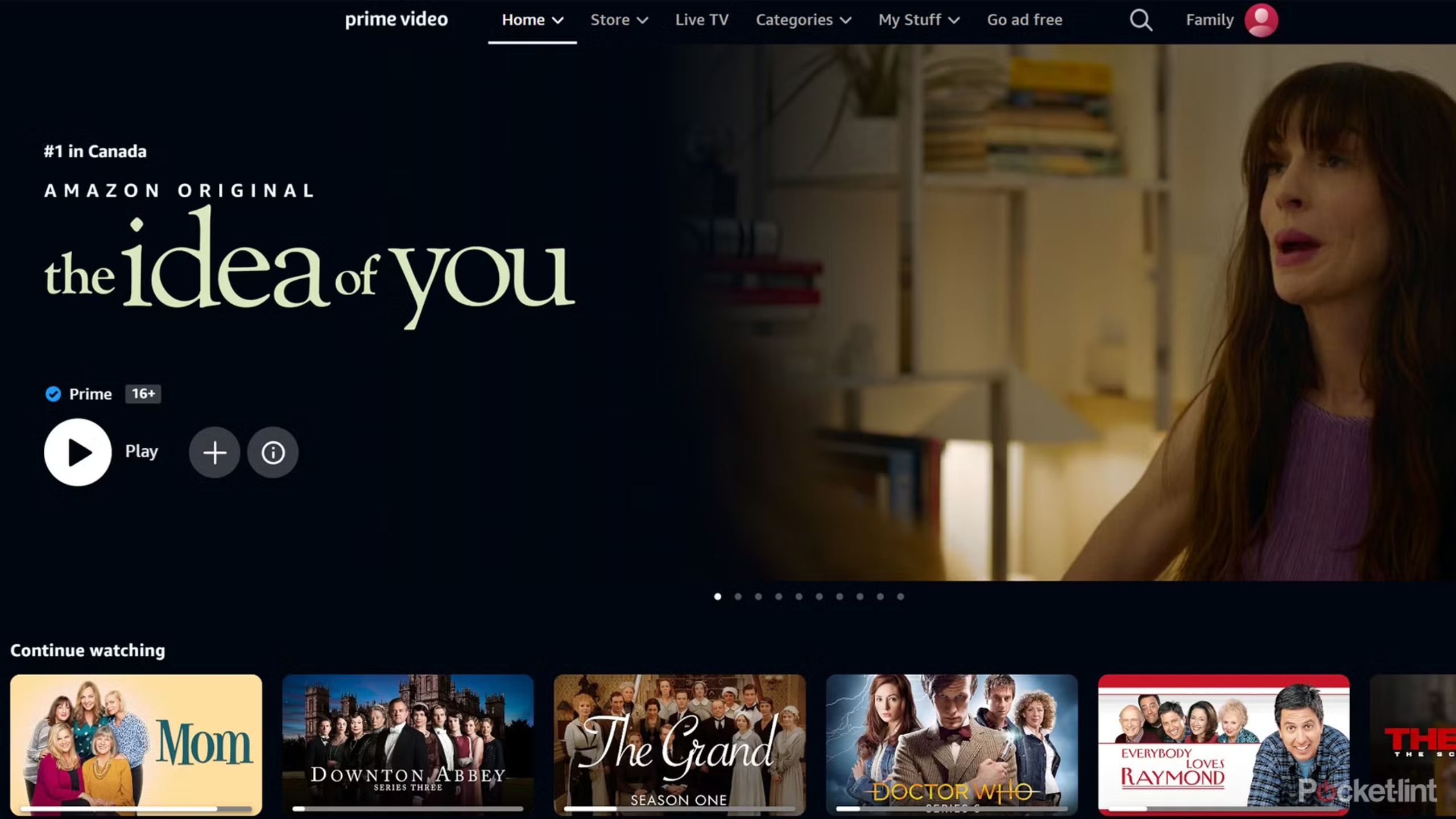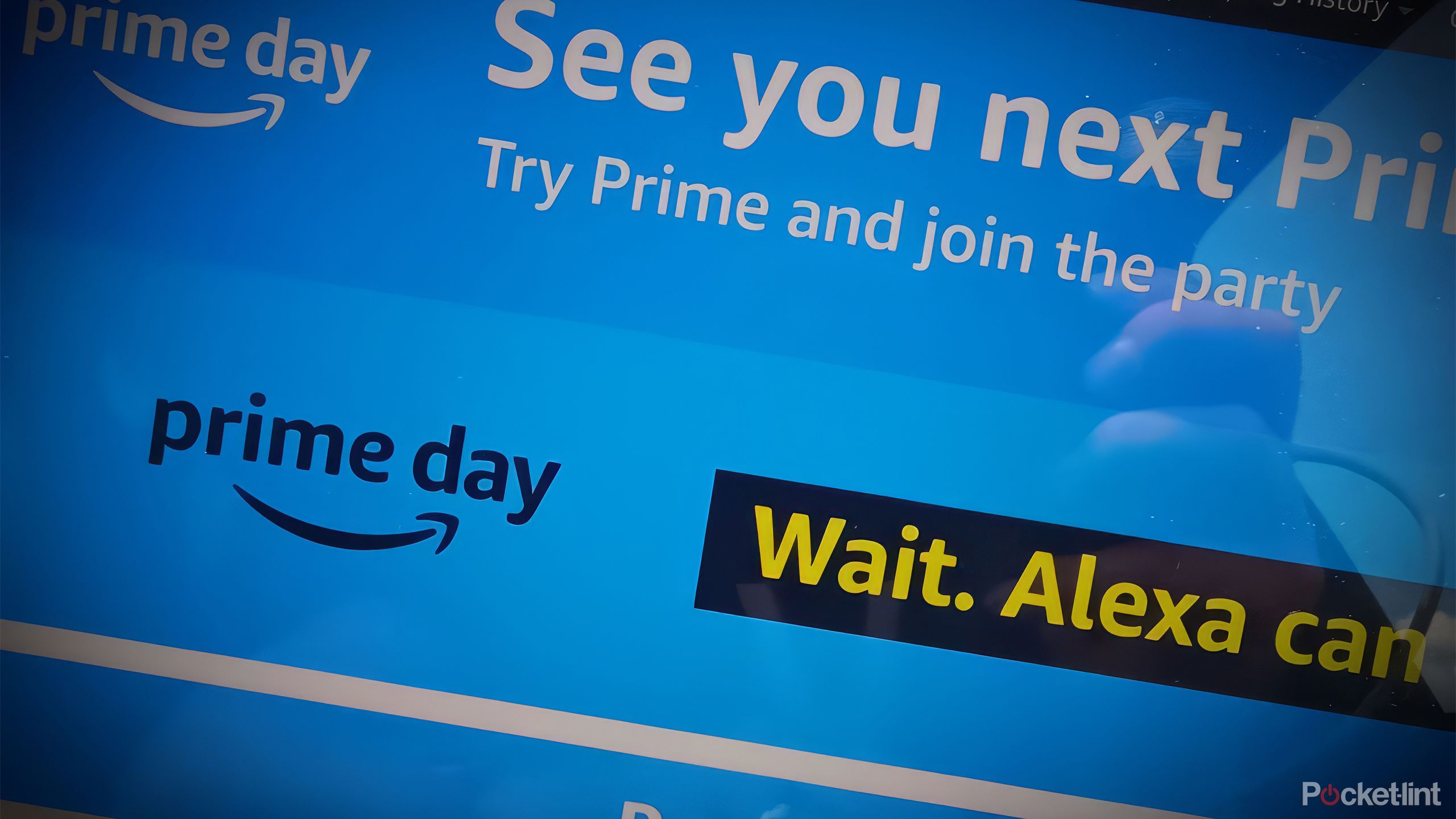Key Takeaways
- Prime’s original programming is repetitive and uninspired.
- Amazon offers frequent free trials and discounts, so the service isn’t worth the investment.
- A push for personalized and disruptive ads will make Prime annoying to use.
Amazon Prime Video has always existed slightly outside the standard realm of streaming services. The commerce giant’s ubiquity in everyday life, propelled by its myriad of products and services, means its priorities in the streaming world aren’t necessarily the same priority as Netflix or Disney. It means Amazon can use its service to promote a lot of other things it does, while also doing just enough to create new content and buy other titles that make people compelled to subscribe.
Prime Video also allows customers to buy channels and rent or buy videos in addition to streaming the titles that come with a paid subscription. All of this makes for a somewhat cumbersome — and, at times, complicated — service. And with so many streaming services available, so many titles to enjoy, and with limited time and budgets, Prime Video simply isn’t worth the investment anymore. At all. Here’s why I think it isn’t worth your time or dollar.
Amazon Prime Video
Amazon Prime Video is the commerce giant’s contribution to the streaming world. Featuring movies and TV shows across a variety of genres as well as its own original content, there’s always something to watch.
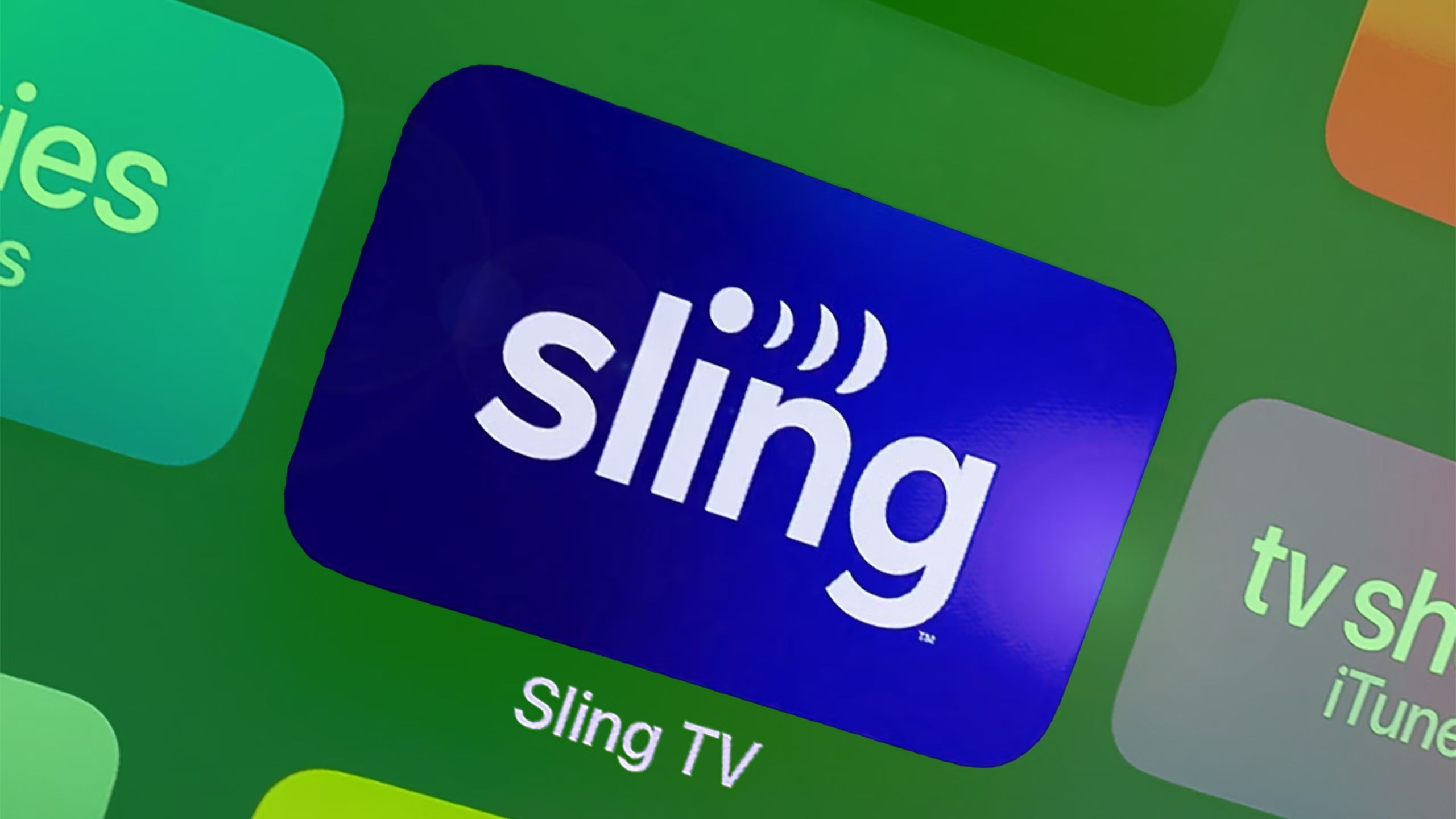
Related
Yet another streaming service is jacking up prices before the end of 2024
Sling TV has announced it is hiking its pricing in December due to rising costs and inflation.
Amazon doesn’t care about entertainment quality
It’s all about money and IP
Amazon MGM Studios
Among the biggest reasons that Amazon Prime Video isn’t worth the investment is that Amazon doesn’t really care too much about the success or quality of its programming — maybe it doesn’t have to care. Sure, it may have exclusive rights for certain titles that are critical darlings, and it does try to look for titles that will appeal to varied audiences. But on the whole, it’s basically following an algorithm when it comes to making content, looking for anything that fits a money-making formula.
There’s nothing specifically wrong with studios trying to make money, because at least some of the time, they stumble upon something popular and worthwhile, but the current formula is one completely bereft of quality. A stellar recent example is Red One, Amazon’s Marvel-style Christmas blockbuster that stars Dwayne Johnson, Chris Evans, and J.K. Simmons as Santa Claus. It was panned by critics and failed to meet expectations at the box office for a Johnson-led movie. However, because it’s an Amazon Studios film, its calculus for success is very different. It doesn’t matter that the movie is bad; it will live forever on its streaming service, gaining enough repeat viewing over the holiday seasons to come to make money off of advertisers and anyone else who wants to show the film.
Even if it loses money, in the vast world of Amazon economics, it matters very little. According to a Deadline story, “Amazon is a place where there are no stakes,” which means it can blow money on bad movies and not reconsider, say, making good ones (similar to Apple TV+). There’s just no incentive for its studio to make good movies when its bad ones are fine.
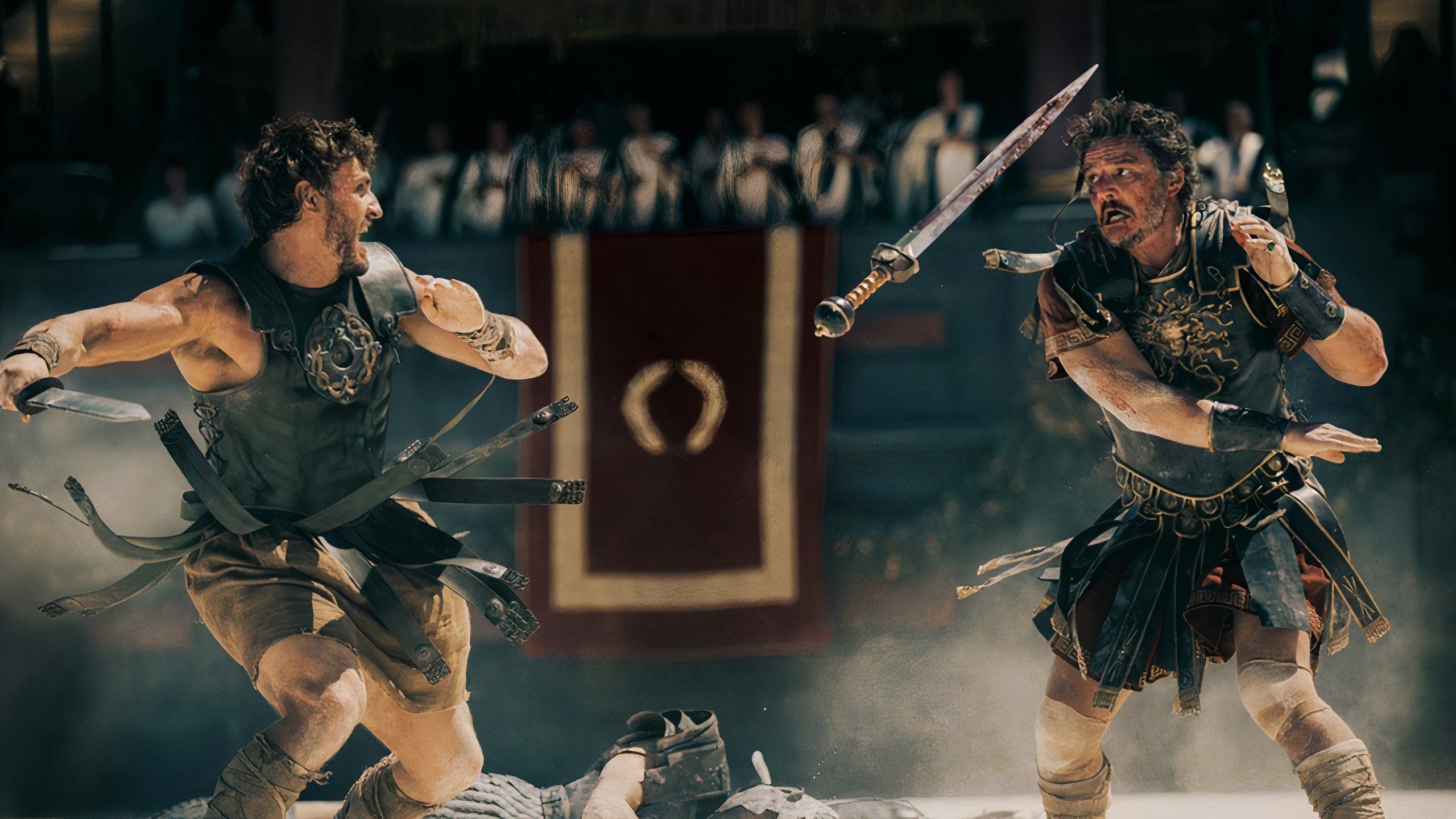
Related
Gladiator II should have been been a better movie
This long-awaited sequel boasts great actors and fun action, but doesn’t trust the audience.
Content is familiar and repetitive
Despite a few hidden gems, the library follows an algorithm
Amazon / Pocket-lint
Amazon Prime Video seems to have a very specific directive for its content, and a lot of it seems to be, “stuff your dad will like.” From Jack Reacher to Jack Ryan and Cross to anything with Chris Pratt, Prime Video loves rogue tough guys who may or may not be based on characters from books series that populate airport kiosks.
That’s not the only algorithm Amazon abides by. It also subscribes to another that says millennials and gen-zers want over-the-top dramas starring attractive young people, essentially copying the model set by the CW with a lot less originality. There was Panic and The Wilds, a pair of shows about young people living by their own rules essentially without adults around. The former was based on a book and the latter was essentially Lost but with young women. Prime also rebooted I Know What Did Last Summer and Cruel Intentions, turning those 90s standouts into modern-day shows. Prime will also throw a ton of money at fantasy shows to keep up with HBO.
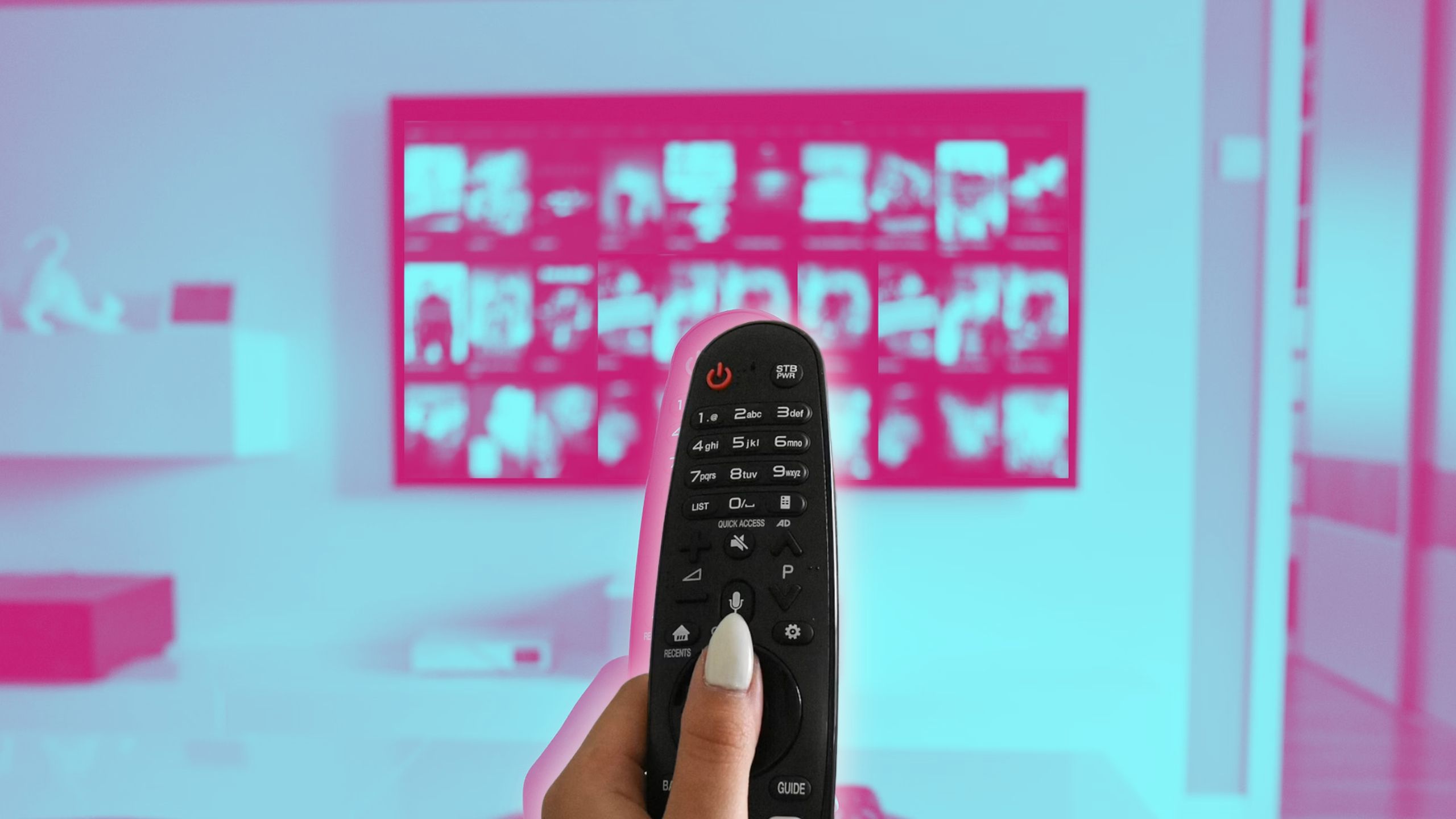
Related
Which free streaming service has the most movies and TV shows to watch?
Streaming for free has never been easier so here’s where you can find the most to watch.
Everyone gets a free trial
It’s easy to stream often for free
One of the main reasons you shouldn’t pay for Amazon Prime Video is how easy it is to get a free trial. In all my years of subscribing and unsubscribing from a variety of streaming services, it’s Amazon that’s most interested in giving you lots of time to test out its operation.
Going down the road of only using free trials to enjoy streaming content isn’t new or particularly arduous; you just need to plan out time to get the most of it. Amazon tends to not only give out trials most frequently, sometimes twice a year, but also seems to give out the longest trial periods. With a little bit of effort and luck, and especially if you’re in a household with a few people, you can get Prime for free for at least a few months every year. Failing a free subscription, Prime often gives out discounted rates during peak shopping times of the year, and also gives students a decent discount as well.

Related
Roku and Google’s new partnership will make free streaming way better
Your favorite Roku content is about to become a lot easier to find on Google TV.
High cost and ad push give caution
Subscribers should be wary of Amazon’s innovations
Prime Video is playing around with ads and subscription tiers in a way that should make consumers nervous. It recently introduced ads to its subscribers, offering an ad-free tier for more money. But Amazon knows more than any other service that it’s better off showing ads to customers who are willing to pay less for its service. That’s because it can generate more revenue by showing viewers targeted ads and making it as easy as possible for them to buy what’s on-screen.
Interactive, highly personalized ads will be the biggest issue. While Amazon eased into introducing ads to the masses this year, it will ramp up in 2025, including more ads during a movie instead of just before. Amazon wants to allow people to buy things it sees on the screen as well, making purchases from your couch seamless.
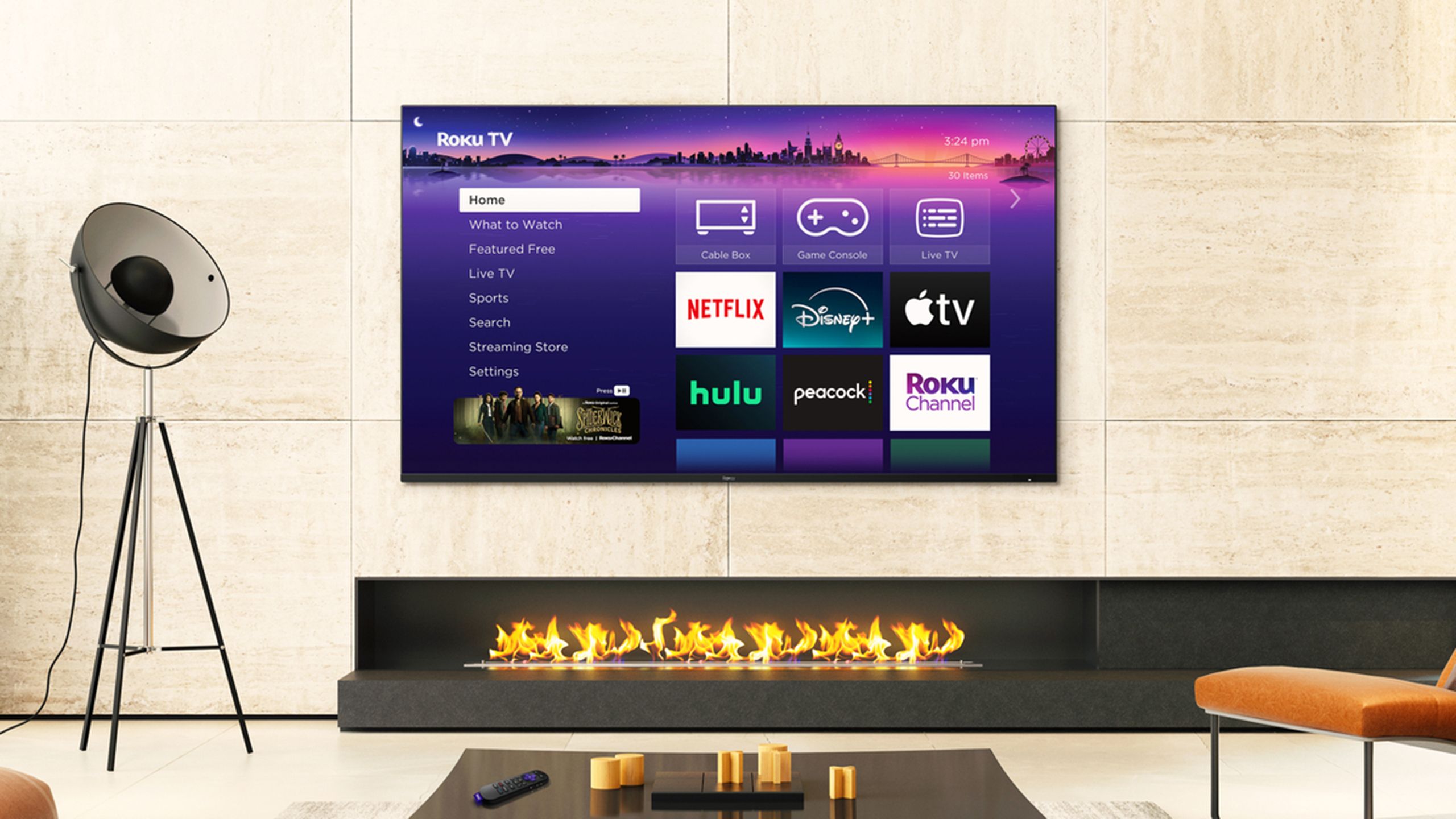
Related
How I keep my Roku subscriptions in check
Managing multiple streaming services can be confusing, but using Roku makes it simple(r).
All of this adds up to a service that’s really annoying to use without much redeeming value. For whatever titles you may want to watch on Amazon, there is going to be a library of fluff and promoted content that you will have to sift through, and a mountain of ads blocking the way to entertainment. Amazon Prime isn’t worth it, so get out now.
Trending Products

Samsung 24” FT45 Series FHD 1080p Computer Monit...

ASUS RT-AX88U PRO AX6000 Dual Band WiFi 6 Router, ...

Wireless Keyboard and Mouse Combo, MARVO 2.4G Ergo...

Acer KB272 EBI 27″ IPS Full HD (1920 x 1080)...
